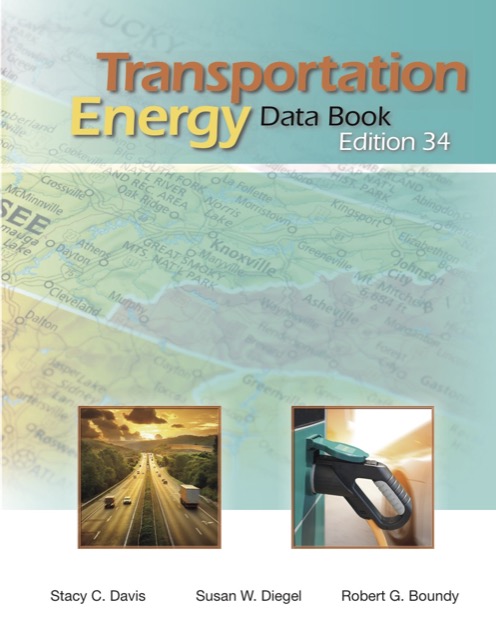The Antiplanner is back in the air today, but a review of recent headlines reveals the continuing decline of the nation’s transit industry, much of which is self-inflicted. None other than Streetsblog has figured out that the headlines trumpeting the great success of new Los Angeles light-rail lines are misleading considering that the county has reduced bus service and lost several times more bus riders than it gained rail riders.
Joe Mathews, writing in the Sacramento Bee, points out that the recently opened “Smart” train in Sonoma and Marin counties is actually pretty dumb. They built it from one mile away from the Sonoma County Airport to two miles away from a Marin County ferry terminal. Taxi drivers won’t take people from the train to the airport because they resent missing out on the fare they would earn from a longer ride. Of course, anyone who thinks that trains should go from where they are to where they want to go doesn’t understand the real cost of building rail transit.
The nation’s biggest rail disaster, at least on a per-capita basis, continues to unfold in Honolulu. The city’s 20-mile line was originally supposed to cost under $3 billion, but the current projection is $9.5 billion and it may breach $10 billion. Even as the state and city debate who should pay for the cost overrun, Honolulu’s bus ridership is falling. Continue reading








